If you’re thinking of buying a campervan or motorhome, it’s important to understand legal speed limits as they apply to you. In this post, we explain everything you need to know about campervan and motorhome speed limits so you don’t get caught out.
How to determine which speed limit applies
Speed limits can be a little confusing when it comes to campervans and motorhomes. You may not know that speed limits are lower for campervans and motorhomes. However, it’s not quite as simple as that. Whether the lower speed limit applies to you is dependent on the particular vehicle you’re driving and what you’re using it for.
Campervans and motorhomes generally fit into one of two main categories depending on their weight. Typically, vehicles which weigh up to 3.05 tonnes fit into one category and heavier ones in another. However, there are some exceptions to this.
To determine which category your campervan or motorhome fits into, you should first check the V5 registration document to see whether the vehicle has been registered correctly. Many campervans and motorhomes have undergone DIY conversions and were not subsequently registered as campervans. If this is the case with your vehicle, you are required to obey the correct speed limit for the vehicle your campervan is based on and the category it falls into by registration details.
Many campervan conversions are, of course, created from vans and, as such, will likely fall into the correct category. However, when a camper is created from a renovated van-based MVP, it may fall into the passenger vehicle category. The same speed limit as a standard car applies to these vehicles.
Another thing to consider when determining which speed limit you must abide by is what you’re using your vehicle for. If you’re using your camper to carry goods for sale or exhibition, for storage or as a workshop, then you’re required to obey goods vehicle speed limits even if it’s registered as a campervan or motorhome.
Speed limits per category
If your vehicle is registered as a motorhome or motorcaravan and weighs up to 3.05 tonnes, you can drive at speeds of up to 30mph in built-up areas, 60mph in single carriageways and 70mph on both dual carriageways and motorways. Again, it’s important to check the V5C registration document to see whether your vehicle is registered as a motorhome or motorcaravan. Some lighter motorhomes are permitted to obey the same speed limits as standard cars.
If your vehicle is registered as a motorhome or motorcaravan and weighs more than 3.05 tonnes, you can drive at speeds of up to 30mph in built-up areas, 50mph on single carriageways, 60mph on dual carriageways and 70mph on motorways. This differs from the speed limits applicable to lighter vehicles because the additional weight increases the stopping distance for a given speed. Higher speeds affect your ability to avoid a collision, so it’s important to ensure you are obeying the correct speed limit for the weight of your vehicle.
If you are towing a caravan or trailer, there are specific speed limits for this, also. These are 30 mph in built-up areas, 50mph on single-carriageways and 60 mph on both dual-carriageways and motorways. These speed limits are designed to reduce the chances of the caravan or trailer swaying, and even if this happens at lower speeds, it won’t be as severe, and it’ll be easier to bring it under control.
That’s everything you need to know about speed limits as they relate to campervans and motorhomes. Hopefully, we’ve helped you determine which category your vehicle falls into so you can enjoy being on the road safely and legally.

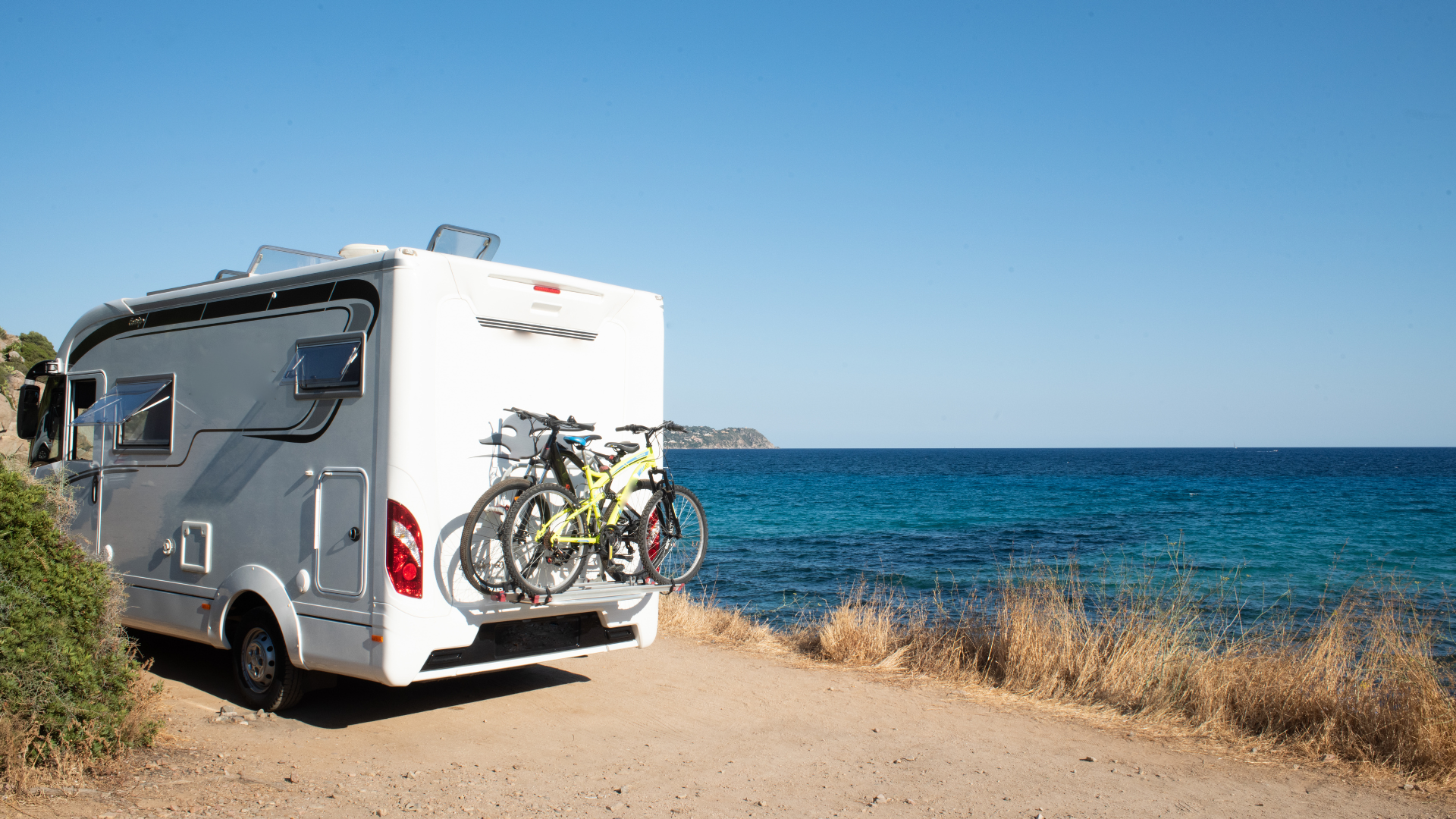
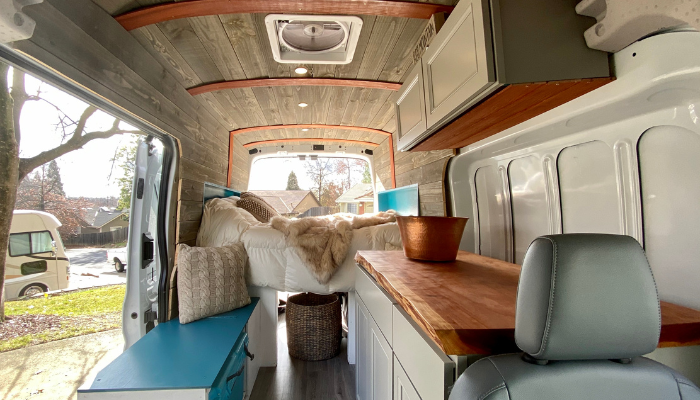
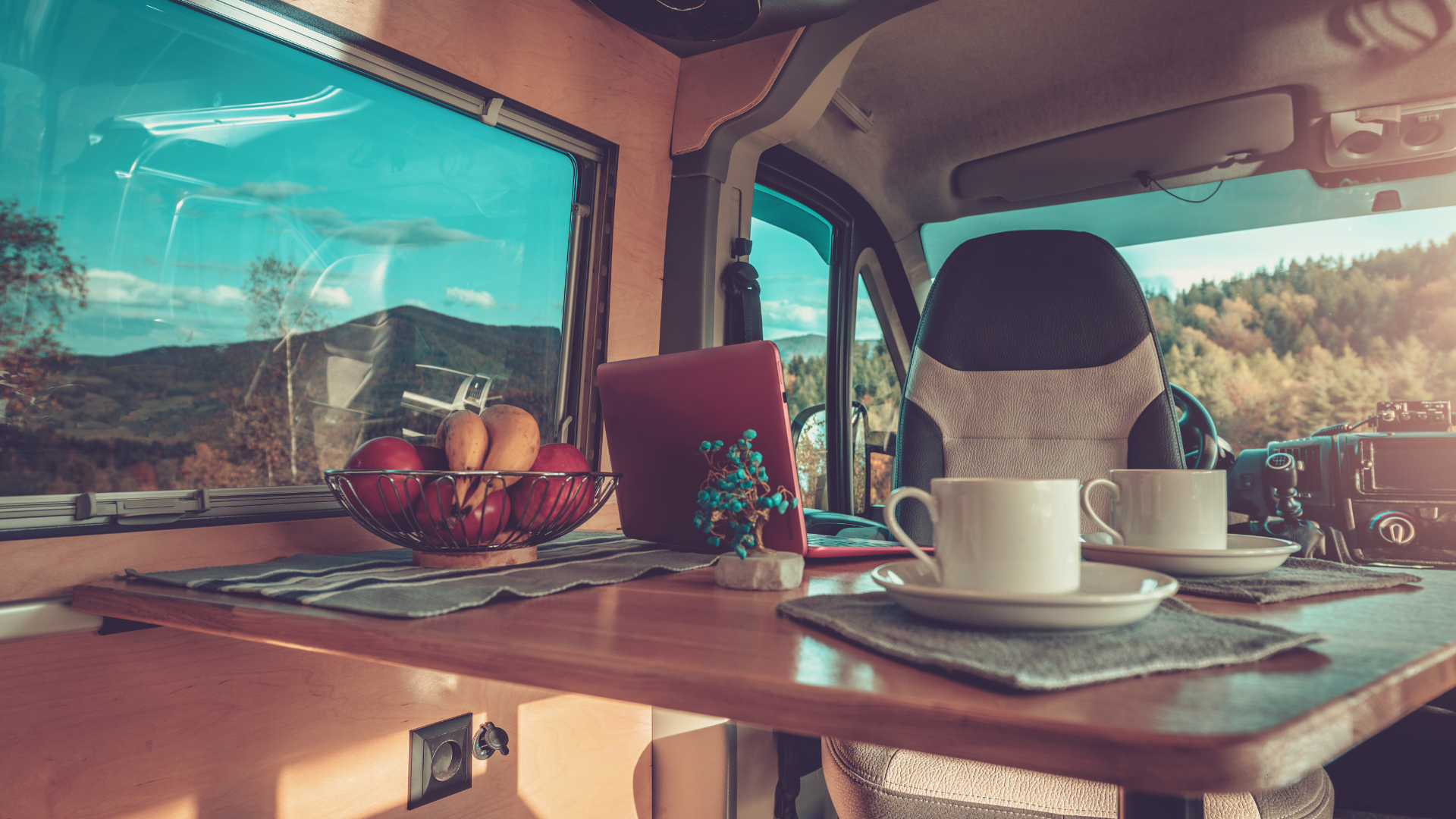
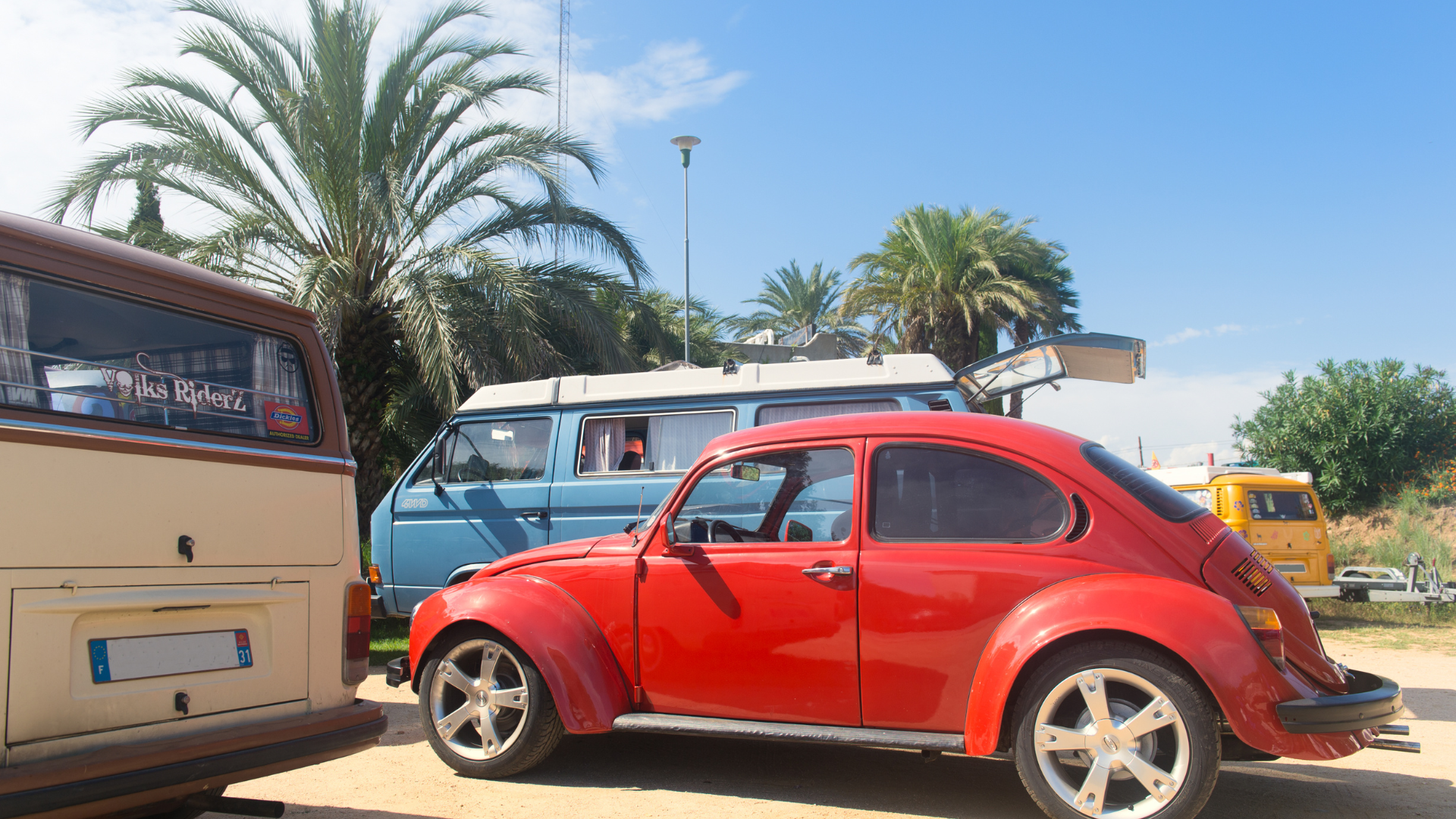

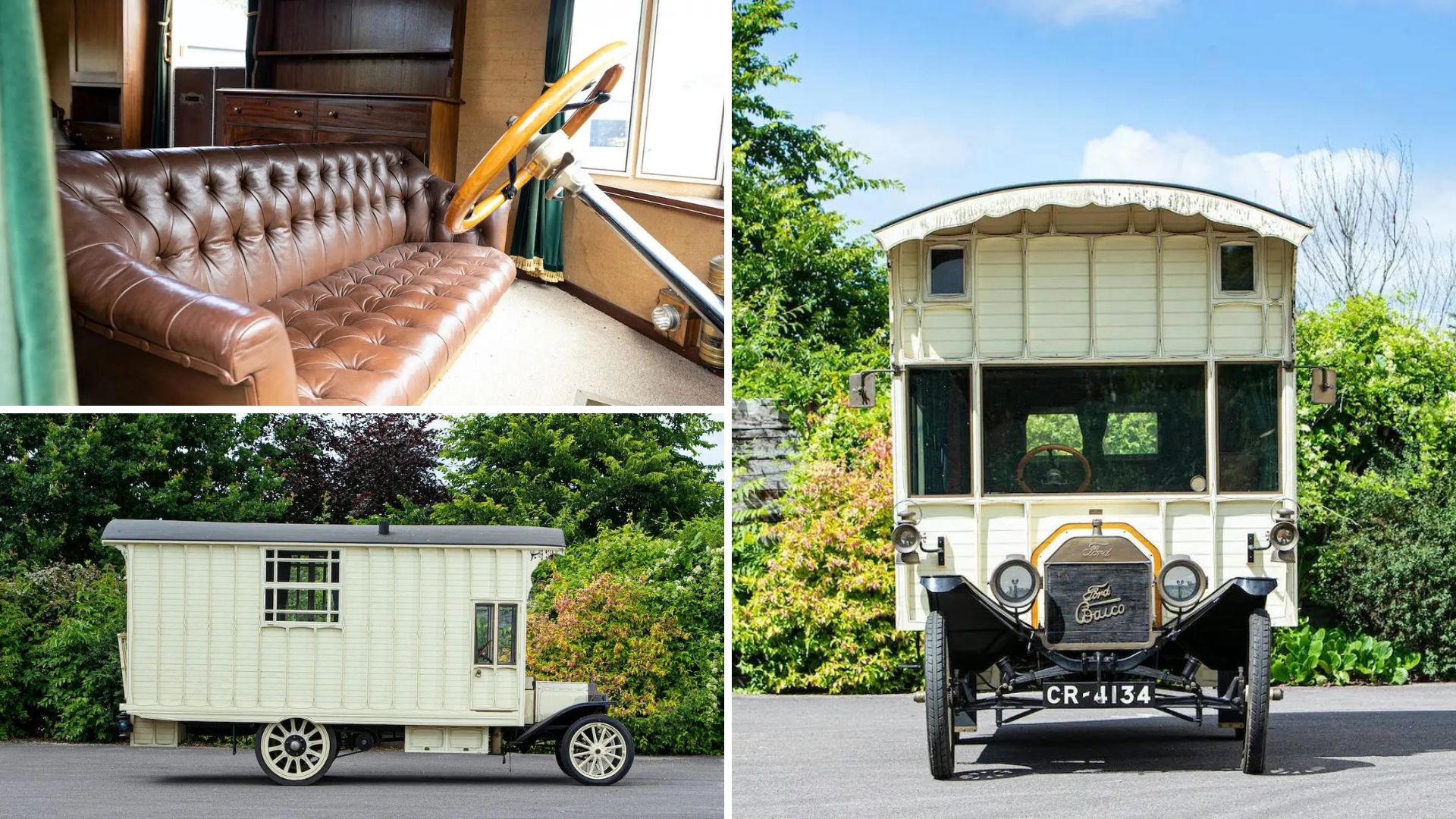
Leave A Comment